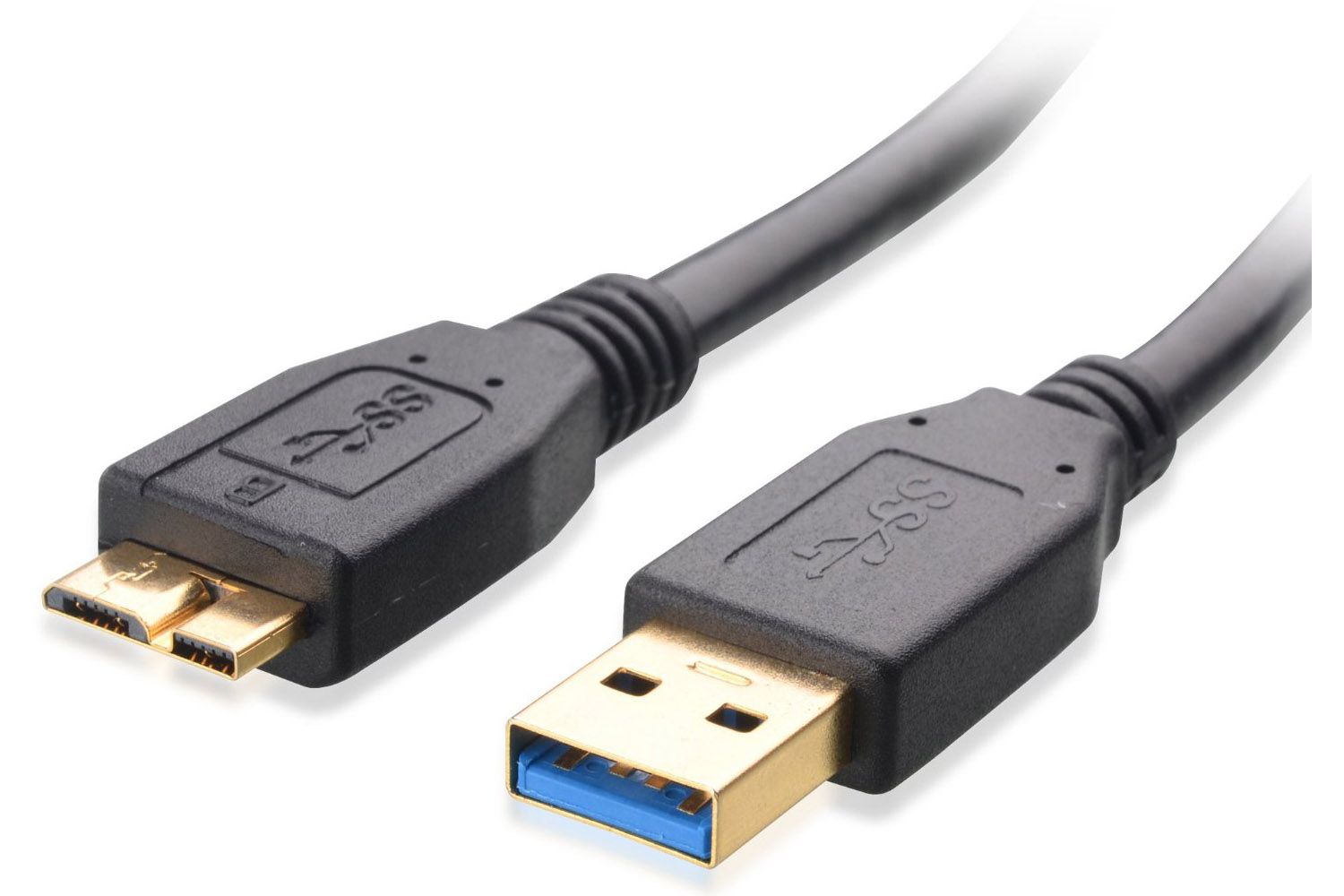
USB Micro-B Connector
The USB Micro-B connector served as the primary connector for Android smartphones and tablets from 2008 until around 2017. This connector gained popularity due to its compact size, allowing manufacturers to create slimmer devices. It was used for both data transfer and charging, making it an essential component for early Android devices.
Characteristics of USB Micro-B
- Compact Design: Smaller than the standard USB-A connector, ideal for mobile devices.
- Versatility: Supported both data transfer and charging functions.
- Widespread Adoption: Became a standard feature on many Android smartphones and tablets.
Limitations of USB Micro-B
- Size Limitations: Limited power delivery, often requiring separate power adapters for charging.
- Reversibility: Not reversible, which could lead to confusion when plugging it into a port.
USB-C Connector
Starting with models like Samsung's Galaxy S8, USB-C began replacing the traditional Micro-B connector. USB-C offers several advantages, including faster data transfer rates, a reversible design, and enhanced power delivery capabilities.
Characteristics of USB-C
- Reversible Design: Users do not have to worry about inserting the connector in the correct orientation.
- Faster Data Transfer Rates: Supports speeds up to 10 Gbps (USB 3.1) and even higher with newer standards like USB4.
- Enhanced Power Delivery: Can deliver up to 240W of power, suitable for charging larger devices like laptops and tablets.
- Multi-Functionality: Can be used for video output, allowing connections to monitors or TVs without additional adapters.
Advantages of USB-C
- Future-Proofing: Designed to support newer standards like USB4 and Thunderbolt 3.
- Versatility: Useful for data transfer, charging, and video output.
Limitations of USB-C
- Compatibility Issues: Some older devices do not support this new standard.
- Cost: Higher production costs compared to traditional Micro-B connectors.
USB OTG (On-The-Go)
USB OTG allows mobile devices like smartphones and tablets to act as hosts for other USB devices such as flash drives, keyboards, and mice. This feature is particularly useful for users needing to expand their device's functionality.
Characteristics of USB OTG
- Host Functionality: Android devices can function as hosts, allowing connections to external peripherals.
- Compatibility: Depends on the device's hardware and software capabilities. Not all Android devices support this feature.
Applications of USB OTG
- File Transfer: Users can transfer files between their device and an external storage device.
- Peripheral Connectivity: Enables connectivity with peripherals like keyboards and mice.
USB Standards Evolution
The evolution of USB standards has significantly impacted the functionality and performance of Android devices. Each new standard introduces improvements in data transfer speeds, power delivery capabilities, and overall device performance.
USB 1.1
- Bandwidth: Maximum of 12 Mbps.
- Usage: Basic devices such as computer mice and keyboards.
USB 2.0
- Bandwidth: Up to 480 Mbps.
- Usage: Higher-bandwidth devices such as adapters, transfer cables, and mass storage equipment.
- Compatibility: Backward compatibility with USB 1.1 devices.
USB 3.x
- Bandwidth: Up to 4.8 Gbps (USB 3.0) and 10 Gbps (USB 3.1).
- Improvements: Faster charging capabilities and improved power delivery.
USB4
- Bandwidth: Supports speeds up to 40 Gbps.
- Power Delivery: Can deliver up to 240W of power, suitable for high-performance applications.
Choosing the Right USB Connector
When selecting the right USB connector for an Android device, consider several factors:
Device Compatibility
Ensure the device supports the chosen USB standard. Older devices may not support the latest USB4 standard.
Application Requirements
Determine specific requirements. If faster data transfer rates or enhanced power delivery are needed, choose a connector supporting these features.
Future-Proofing
Consider future-proofing aspects. Newer standards like USB4 are designed to ensure compatibility with evolving technology.
